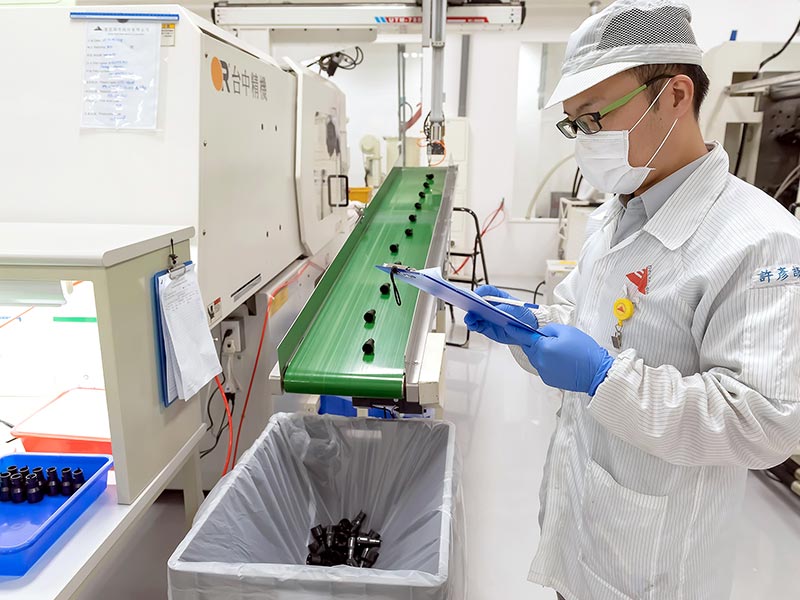Have you ever wondered how plastics are molded and formed into various shapes and sizes? From toys to containers, plastic is all around us. But the process of molding it isn’t as simple as pouring hot liquid plastic into a mold. It’s actually quite complex!
To understand how plastic is molded, we will discuss the materials used, the different types of molds, and why plastic molding is so important. We will also explain the scientific process behind plastic molding and what steps need to be taken to ensure a successful outcome.
What is Plastic Molding?
Plastic molding is the process of using heat, pressure, and a pre-shaped mold to shape plastic into desired shapes. The materials used are usually thermoplastics that can be injected, molded, or extruded. Plastic molding is often used for creating parts for large-scale production runs, as well as smaller individual items such as toys and containers.
Materials Used in Plastic Molding Materials Used for Plastic Molding
The two most common materials used for molding plastics are thermoplastics and thermosets. Thermoplastics are polymers that can be melted down and re-molded multiple times without losing their original properties. Thermosets, on the other hand, are materials that cannot be melted down and re-molded after they have been heated and cooled once.
Different Types of Molds Used in Plastic Molding
There are several types of molds used for plastic molding. The most common type is injection molding, which involves injecting thermoplastic material into a pre-made mold. Other types of molds include compression, blow, and thermoforming molds.
Compression molds require the plastic to be heated and then pressed into the desired shape using two halves of a mold. This type of molding is often used for small parts or products with intricate details.
Blow molds use air pressure to shape the plastic material into the desired shape while thermoforming molds heat up a sheet of thermoplastic material and then press it into the desired shape.
Why Plastic Molding is Important
Plastic molding is an essential process for creating various products, from toys to containers. It allows manufacturers to produce large batches of products in a short amount of time and with high precision. The process also produces less waste than other methods, which helps reduce costs and increase efficiency.
The scientific process behind plastic molding is also important, as it helps to ensure that the plastic is molded correctly and without defects. This helps manufacturers produce high-quality products quickly and efficiently.
The Scientific Process Behind Plastic Molding
The scientific process behind plastic molding involves several steps. First, the thermoplastic material must be heated to its melting point. Then, it must be injected into a pre-made mold to create the desired shape. Finally, the plastic is cooled and removed from the mold.
The entire process must take place quickly in order to prevent defects or damage to the product. This means that the temperature of the thermoplastic material needs to be carefully monitored during each step of the process. The machinery used to mold the material must also be properly calibrated and maintained.
Plastic molding is an essential process for creating a variety of products, from toys to containers. Through careful monitoring and precise machinery, manufacturers can create high-quality products quickly and efficiently. Understanding the science behind plastic molding will help ensure that your products are produced correctly and without defects.
By leveraging the power of science, manufacturers can produce a wide variety of products while ensuring they are made to the highest quality standards. This makes plastic molding an invaluable process in modern-day manufacturing. With the right equipment and knowledge, you can ensure that your products are made correctly and with as little waste as possible. So don’t hesitate to explore the science behind plastic molding and start making a difference in your production line.













Comments